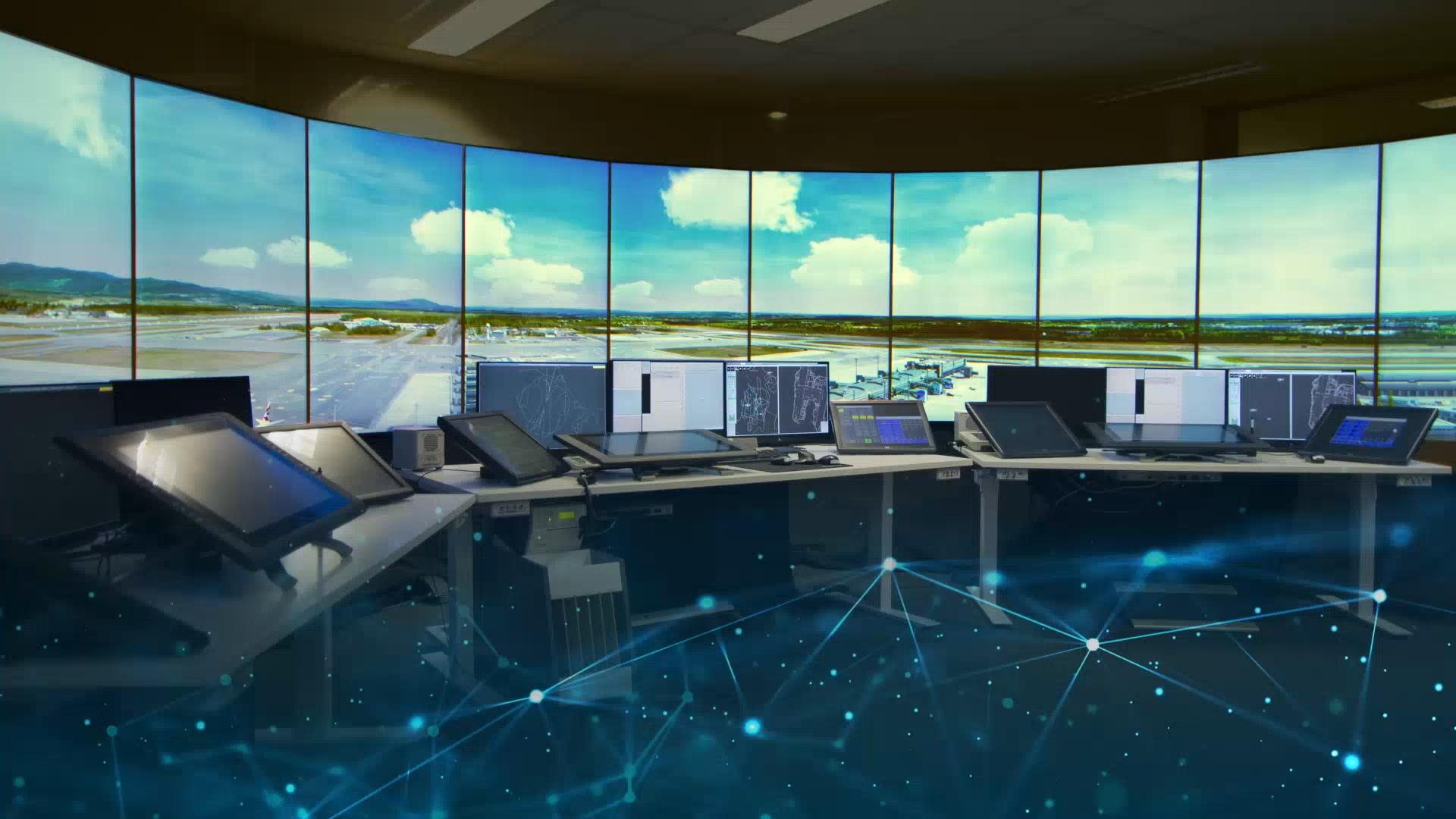ASCENT – March 2023
In this issue…
In this issue, you’ll hear about the TotalControl simulation solution moving to the cloud; the science behind ATC selection; Airways walking the talk in the Pacific; and a profile on our AirShare Product Manager George Ridd.
TotalControl’s journey to the cloud

While the fidelity of ATC simulation has improved in great strides over the years, how we use ATC simulators has stagnated for over a decade. Now that’s all changing with TotalControl simulation in the cloud.
Scientific selection made simple

ATC selection is becoming an increasingly important focus for ANSPs – and technology such as SureSelect’s cloud-based assessment tools are giving them more options.
Airways walks the talk in the Pacific

Airways is continuing to prioritise its commitment to the Pacific region. Here we highlight the work we’re doing to support and assist a prosperous aviation sector for our Pacific neighbours
Staff spotlight: George Ridd

Meet George Ridd – AirShare Product Manager. George shares a little about his role, and how AirShare is continuing to evolve to deliver value for our customers and meet the needs of the rapidly changing UTM industry.








